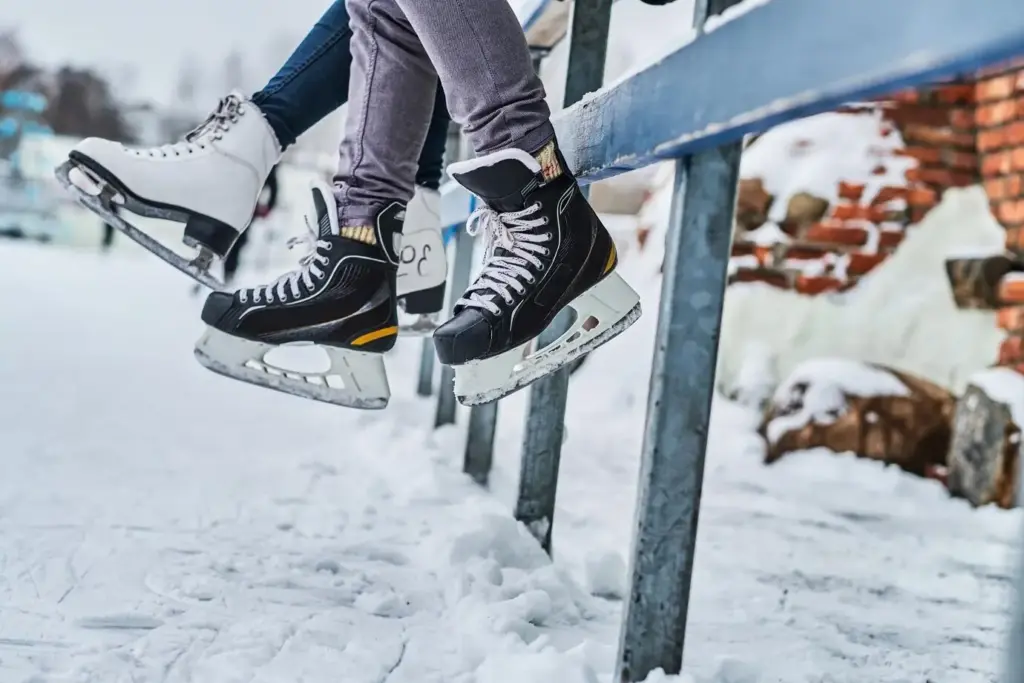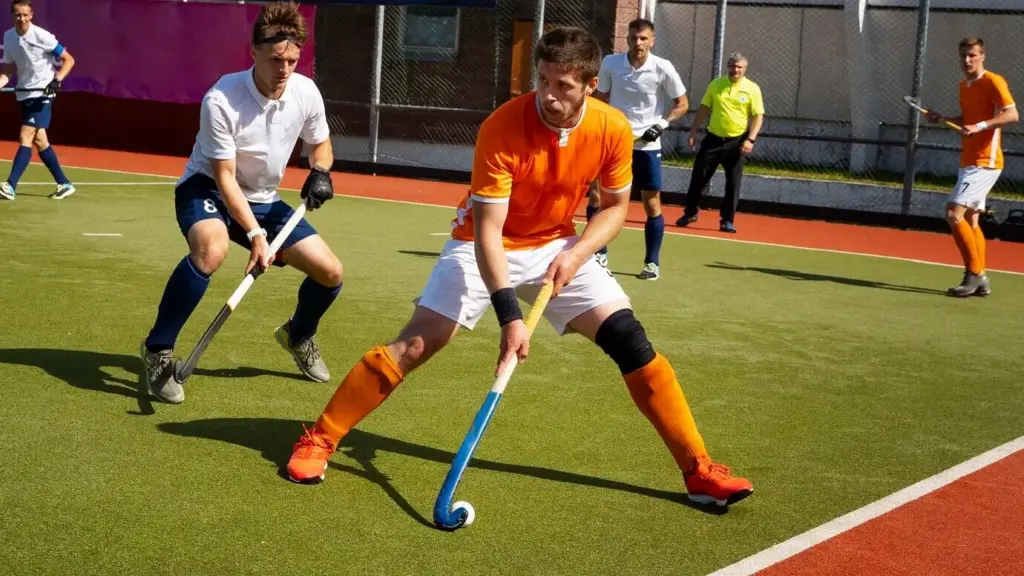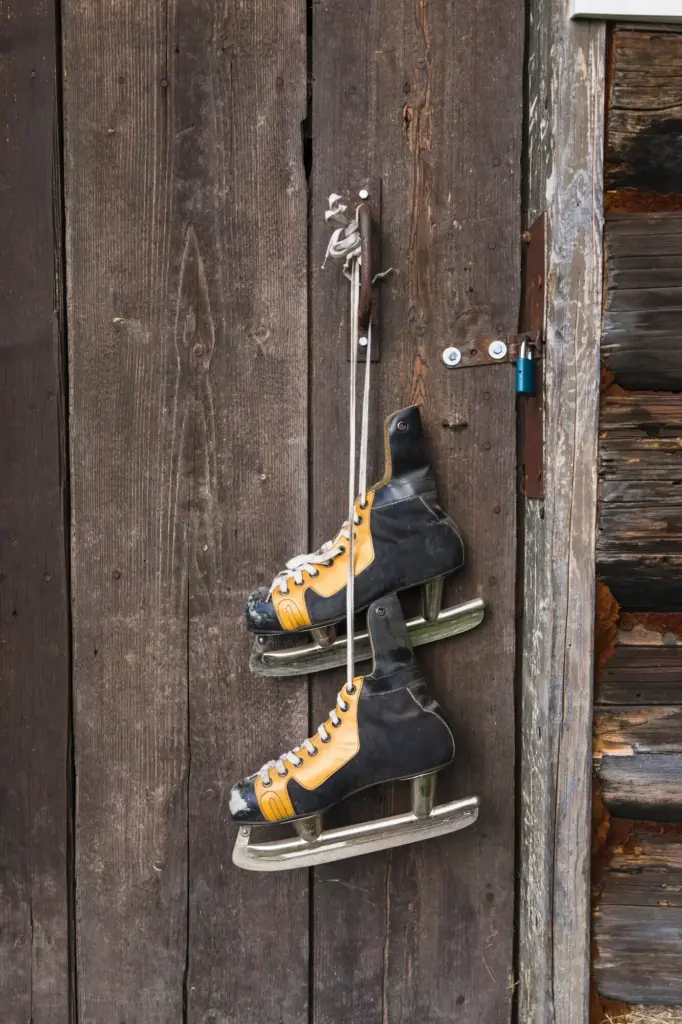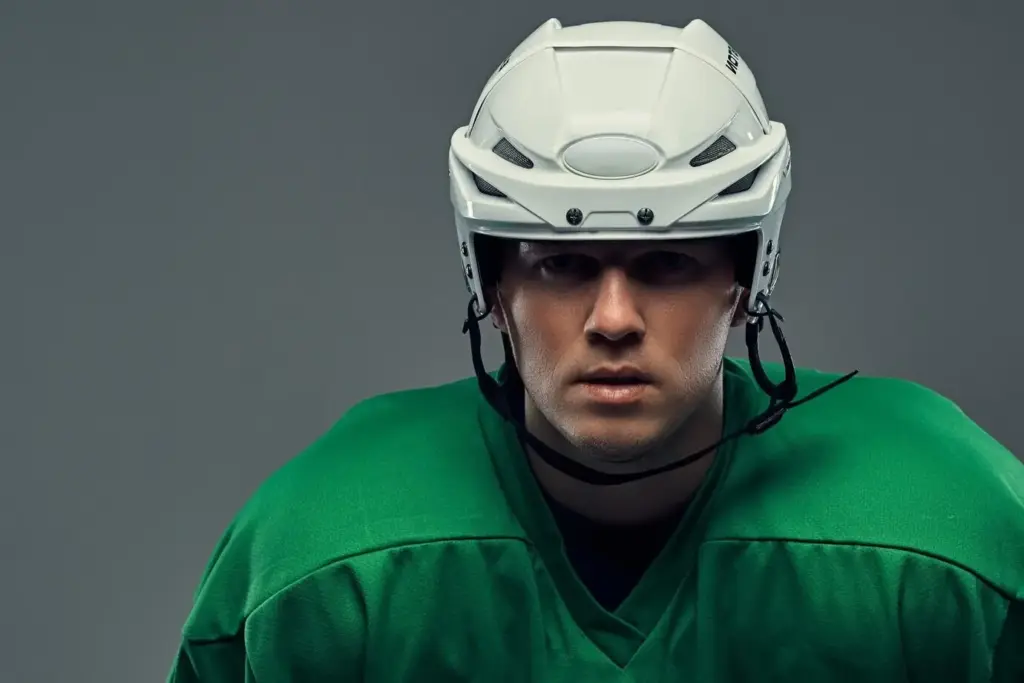Skates Off, Game On: Conditioning and Agility That Win Shifts
Today we dive into off-ice conditioning and agility workouts for ice hockey players, translating every sprint, cut, and recovery breath into more confident shifts. Expect practical progressions, coach-tested drills, and stories from athletes who learned to turn dryland effort into game-breaking moments. Share your favorite exercises in the comments, ask for custom tweaks, and subscribe so we can build a season-long plan that fits your schedule, position, and goals without sacrificing joy or resilience.
Stronger Strides Start in the Gym
Explosive skating depends on force production and efficient transfer through the hips, core, and ankles. Off-ice strength work lets you sharpen those links without ice time pressure, so every rep can be purposeful. We will pair unilateral lifts, posterior-chain staples, and trunk stability with clear cues, helping you generate power, resist collapse under contact, and launch into clean, repeatable strides when the puck turns over.
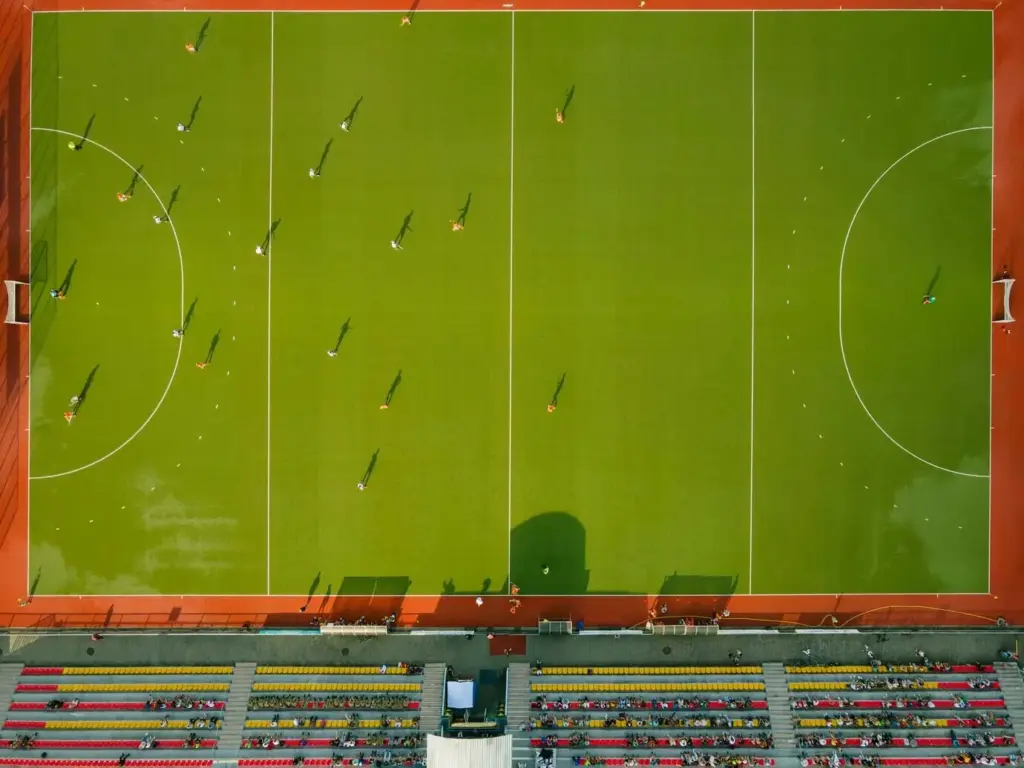
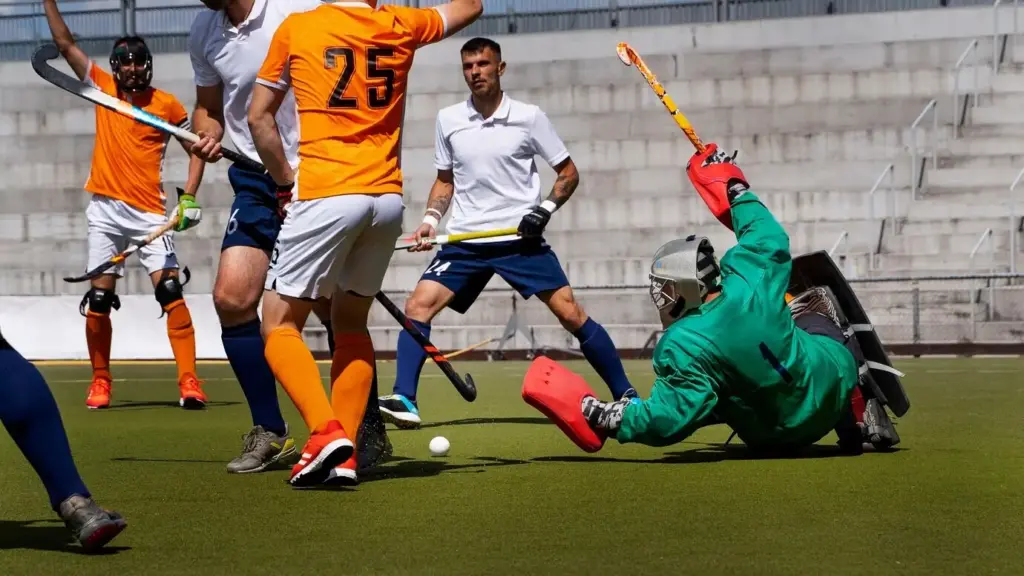
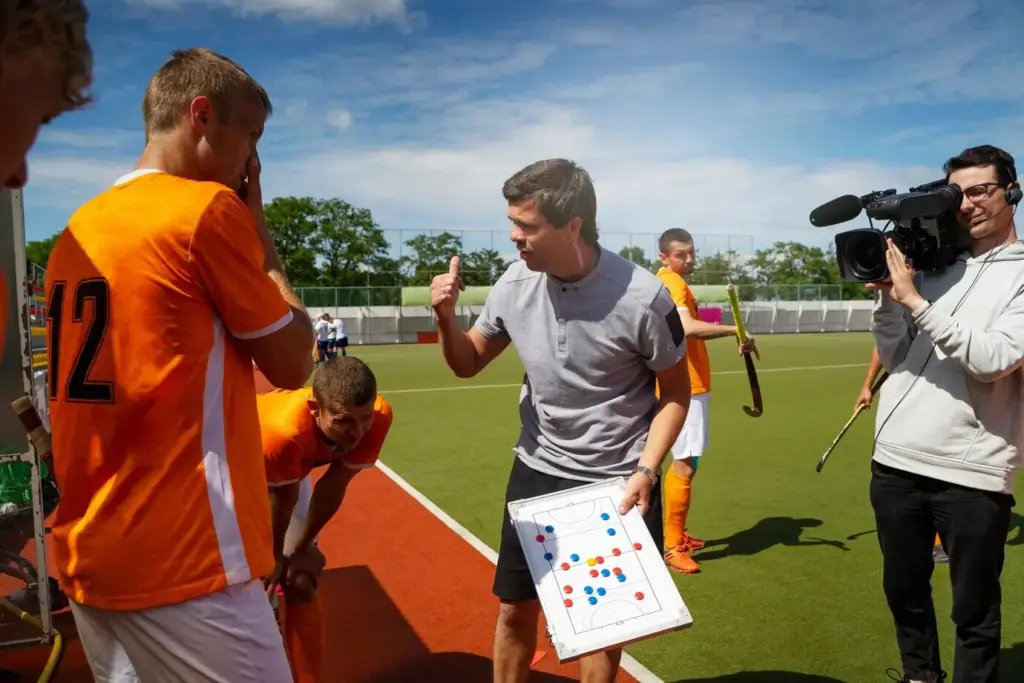

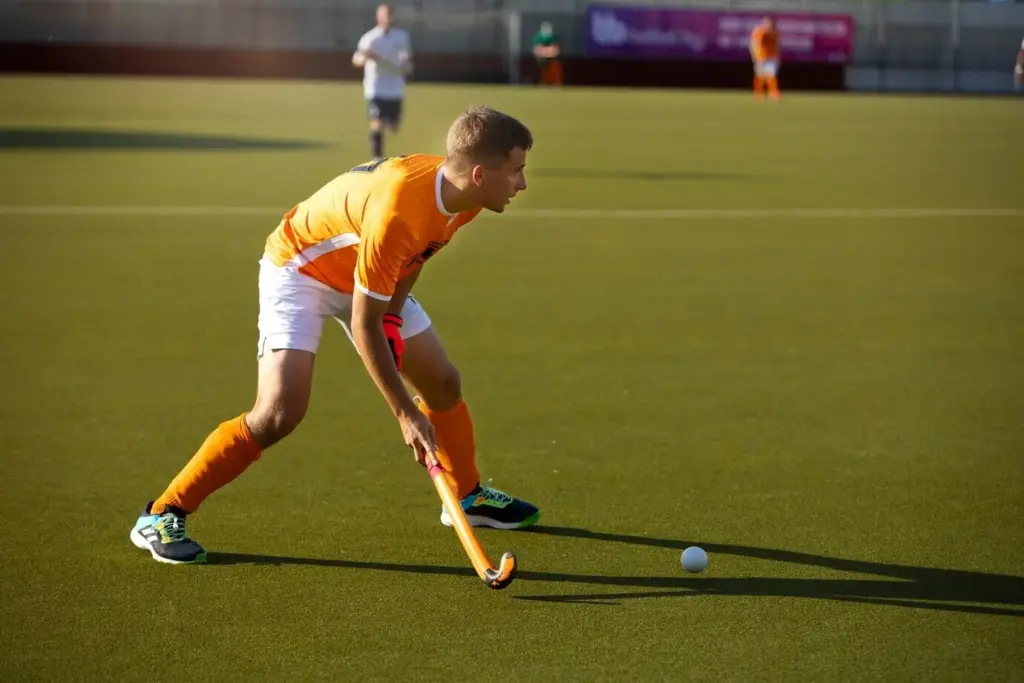
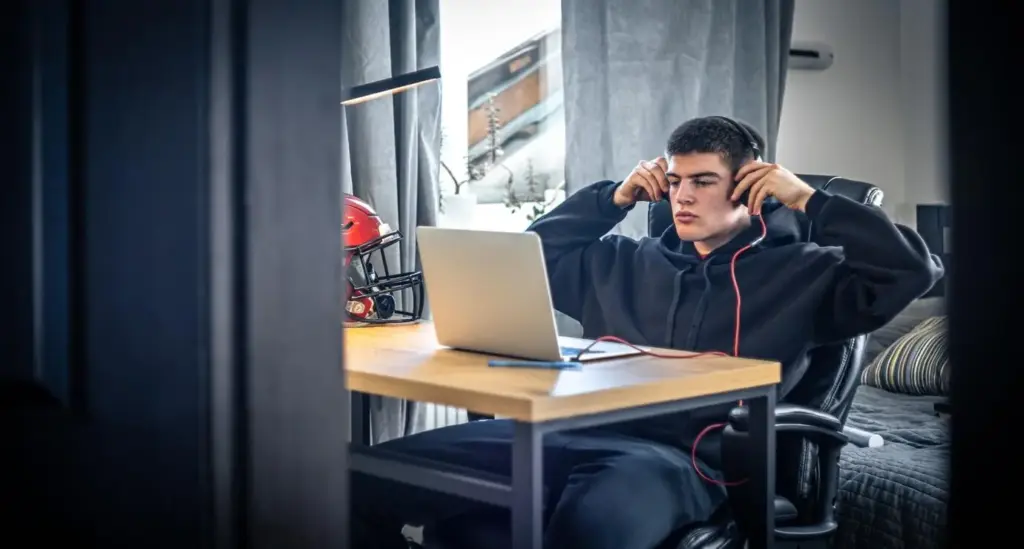
Lateral Speed and Edgeless Agility
Great skaters own angles and brakes. Off-ice, that means lateral mechanics, hip control, and reactive footwork that respects the chaos of real shifts. Instead of chasing fancy ladder patterns, we build patterns that demand crisp deceleration, directional clarity, and quick decisions. You will feel the difference when gap control tightens and cutbacks stop burning your legs early.
Reactive Footwork That Matters
Trade long ladder routines for short, sharp reaction drills using colored cones, lights, or a partner’s call. Prioritize posture, shin angle, and low hips, then demand an immediate stop or pivot. This combination teaches your feet to listen to your eyes, so transitions feel automatic, not scripted, when a winger suddenly slashes back across the blue line.
Crossover Mechanics Off the Rink
Crossover bounds and band-resisted lateral drives mirror powerful edge rolls without skates. Keep your chest tall, drive from the inside arch, and finish with a stable knee. Film a few reps weekly to spot valgus collapse or lazy trail legs. Clean mechanics now translate to cleaner entries and faster escapes along the boards when pressure surges.
Anaerobic Bursts With Purpose
Use bike sprints, prowler pushes, or short hill runs for 10 to 20 seconds at near-max effort, followed by meaningful rest. Keep sets tight and posture disciplined. Finish with a final controlled rep, not a sloppy collapse. This approach cultivates repeat sprint ability, mirroring intense forechecks without burying your legs for tomorrow’s team skate.
Aerobic Base That Refuses to Fade
A steady aerobic floor supports faster recovery between shifts. Use brisk tempo runs, long zone-two rides, or extended jump-rope flows while breathing quietly through the nose. Feel conversation-ready, not gasping. When your base grows, heart rate drops faster on the bench, your coach trusts longer matchups, and late-game mistakes from fatigue start disappearing.
Small-Space Circuits, Big Impact
Design circuits around 20 to 40 seconds of work with skill inserts: stickhandling through cones, wall passes, or quick-release shots against a rebounder. Pair with shuffles, sled drags, and planks. Keep transitions snappy. This blend trains energy systems and hockey-specific coordination together, making the next game’s scramble feel oddly calm and controllable.
Eyes That Lead the Play
Use saccade drills, near-far focus shifts, and colored light reactions to speed recognition. Keep head quiet and eyes fast. Add strobe glasses sparingly for challenge. The payoff is earlier reads through traffic, calmer puck reception under pressure, and the confidence to thread a pass before a defender even realizes the lane just opened.
Dual-Task Stickhandling
Stickhandle around markers while solving quick math, calling out colors, or responding to coach cues. Alternate forehand and backhand touches with seamless stance changes. This chaos trains control without thought. When games heat up, your hands stay calm, and your brain picks the right option while legs burn and the bench screams for a clean breakout.
Recovery, Fuel, and Smart Scheduling
Progress requires stress and recovery in balance. We will outline practical routines for sleep, nutrition, and soft-tissue care that fit busy school or work days. Expect tools that flag fatigue early and small habits that compound. Protecting energy ensures you can hit key workouts hard, skate with intent, and feel mentally fresh when playoffs finally arrive.
Measure What Matters and Keep Advancing
Progress accelerates when tracked. Simple tests and honest notes reveal if drills are actually working. We will use repeatable measures for speed, power, and conditioning, then adjust volume seasonally. Share your results in the comments, ask for individualized tweaks, and return weekly as we expand progressions, celebrate milestones, and refine strategies that fit your real life.
